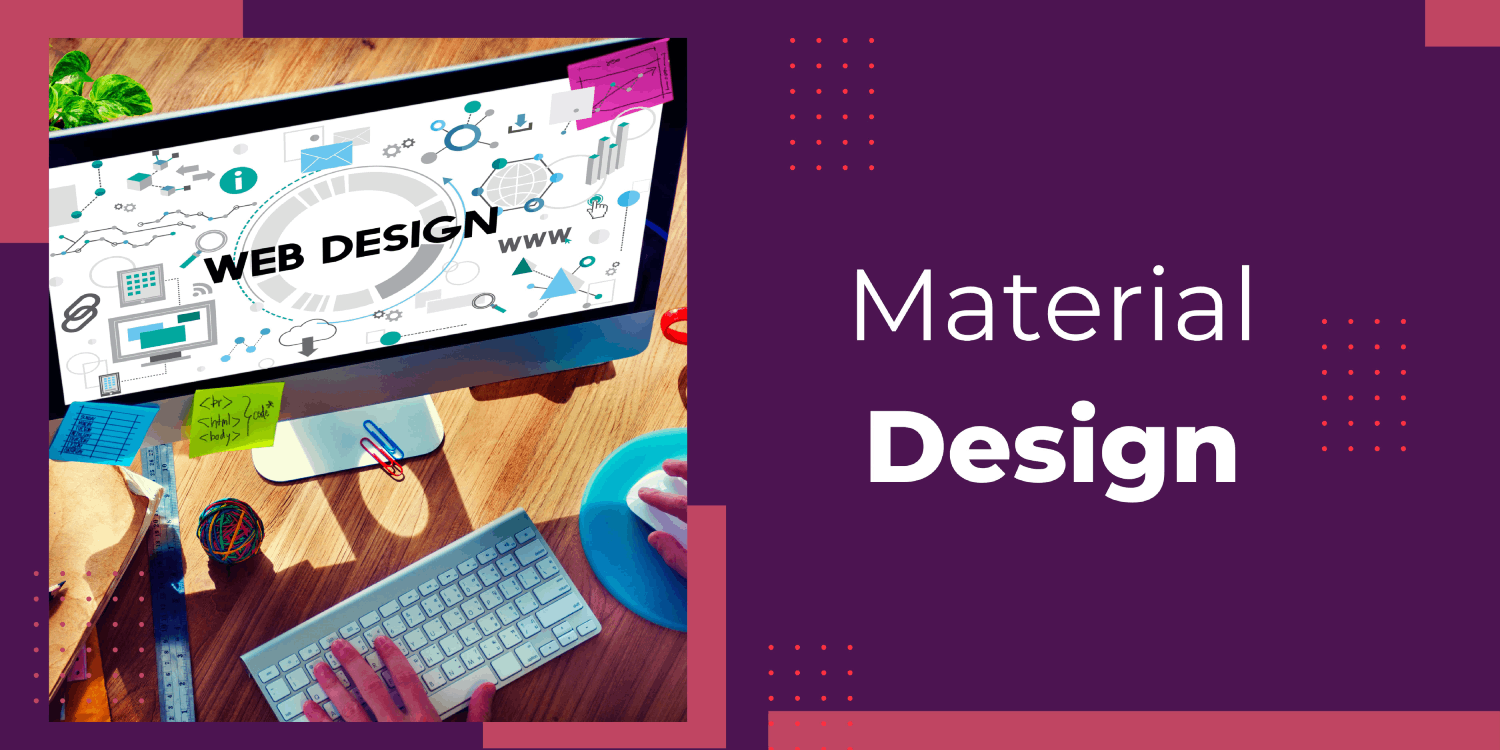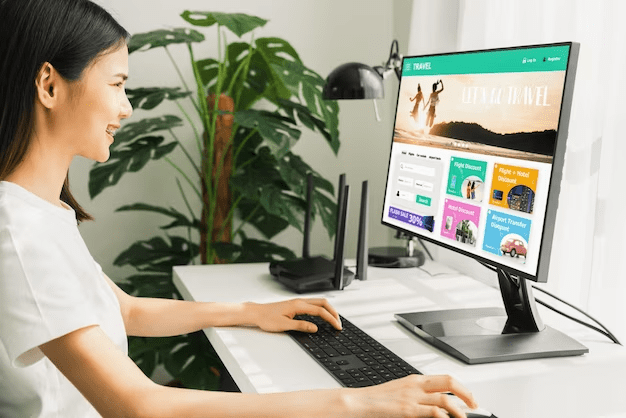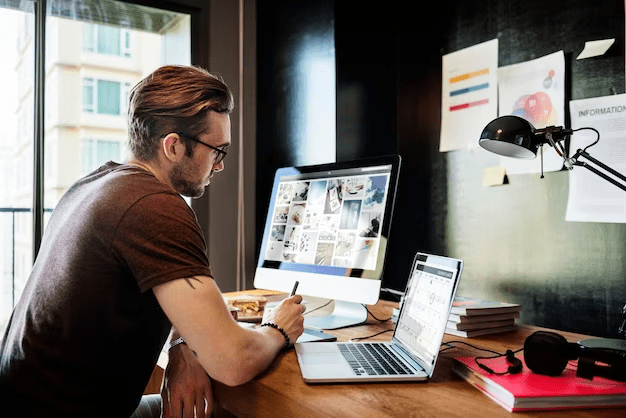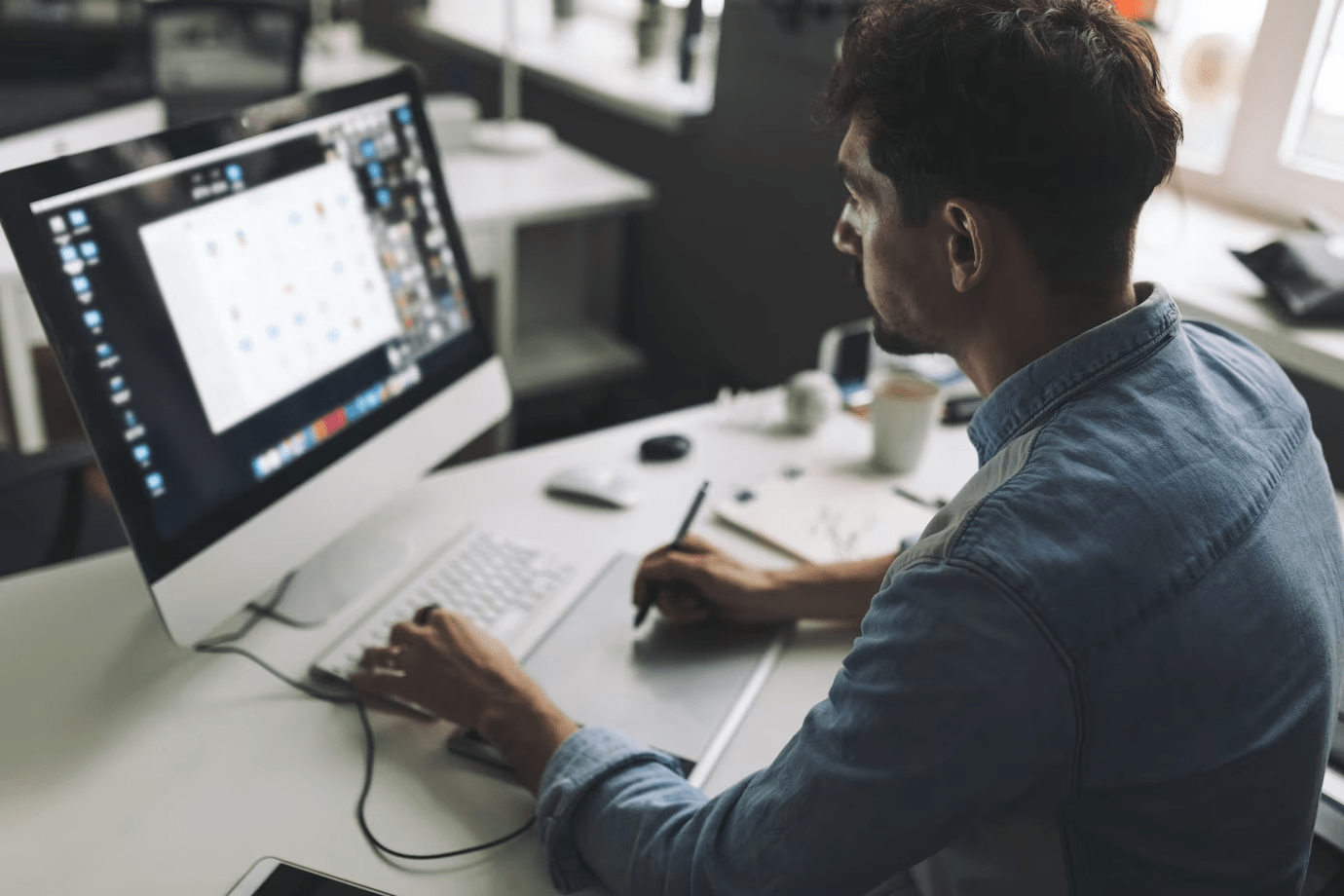Material Design: Crafting Modern and Intuitive Websites in 2024!
It’s important to keep up with the newest tools and trends in material web design. As of 2024, Material create is still one of the most popular ways to create things online. Material Design is the preferred choice for many web designers and writers because it focuses on being simple, easy to use, and nice to look at.
This article will talk about what UI Material Design is, what its main ideas are, and how it can be used to make websites that look modern and are easy to use.
Table of Contents
What is Material Design?
Google came up with UI material design as a design language in 2014. It is a visual language that blends the rules of traditional design with the new ideas and possibilities that come from science and technology. UI material design tries to make the experience the same on all platforms and devices by giving people a consistent and easy-to-use interface.
Key Principles of Material Design
Material web design is based on a set of key principles that guide its implementation. These principles include:
- Material is the metaphor: Material web design takes inspiration from the physical world, using familiar elements such as paper, ink, and shadows to create a sense of depth and realism in the digital space.
- Bold, graphic, and intentional: Material web design emphasizes bold colors, typography, and imagery to create visually striking interfaces that capture users’ attention.
- Motion provides meaning: Animation and motion are used in Material Design to convey meaning and enhance the user experience. Transitions and animations are used to guide users’ attention and provide visual feedback.
- Responsive interaction: Material web design focuses on creating interfaces that respond to user input in a natural and intuitive way. Interactive elements should be easy to understand and use.
- Adaptive design: Material Design adapts to different devices and screen sizes, ensuring a consistent experience across platforms. It embraces the responsive design approach, allowing websites to be accessible and usable on various devices.
Why Choose Material Design for Web Design?
UI Material Design offers several advantages that make it an excellent choice for web design in 2024:
1. Consistency and Familiarity
Material web design makes sure that the user experience is the same and comfortable on all platforms and devices. People who know how to use Material web design on one platform can easily find their way around and interact with websites and apps that use the same design concepts. This stability makes it easier for people to learn and makes it easier to use.
Nielsen Norman Group did a study that found that consistent user interfaces can boost productivity and customer happiness by as much as 40%. Web designers can use this to their advantage by using Material Design to give their users a smooth experience.
2. Usability and Intuitiveness
Material web design puts a lot of weight on being easy to use and understand. The design language is based on a clear visual hierarchy, easy navigation, and interactive features that are simple to spot. This makes websites easier to understand and get around, which results in a better experience for users.
Forrester Research did a study that showed that putting $1 into user experience can bring back up to $100. Material Design lets web designers prioritize utility and intuitiveness so they can make websites that are not only nice to look at but also very useful and easy for people to use.
3. Visual Appeal
Material web design focuses on strong colors, fonts, and images makes websites look good and keep people interested. When shadows, depth, and motion are used in digital space, they make it feel more real and interactive. Visual aspects like these help users stay focused and remember their browsing experience.
A study by Adobe found that 38% of people will stop using a website if the layout or information doesn’t look good. Web designers can use Material Design’s visual appeal to make websites that not only get people to visit but also keep them there and interested in the content.
Implementing Material Design in Web Design
Implementing UI material design in web design involves following its key principles and utilizing its design components. Here are some key components and techniques to consider:
1. Color and Typography
Material design encourages the use of bold and vibrant colors to create visually appealing interfaces. Web designers can choose a color palette that aligns with their brand and use it consistently throughout the website. Typography should also be carefully selected to ensure readability and visual harmony.
2. Cards and Grids
Material design utilizes cards and grids to organize content and create a sense of order. Cards are rectangular containers with related information, while grids provide a framework for arranging these cards. This modular approach allows for flexibility and scalability in web design.
3. Shadows and Depth
Shadows and depth are used in material design to create a sense of hierarchy and visual interest. By applying shadows to elements, web designers can make them appear elevated or floating, adding depth to the interface. This technique helps users understand the relationships between different elements on the screen.
4. Motion and Animation
Motion and animation play a crucial role in material design. They can be used to guide users’ attention, provide visual feedback, and create a seamless transition between different states or screens. Web designers can leverage motion and animation to enhance the user experience and make interactions more engaging.
Conclusion
Material design will continue to be a popular choice for web designers in 2024 due to its focus on simplicity, usability, and visual appeal. By following its key principles and utilizing its design components, web designers can create modern and intuitive websites that provide a consistent and engaging user experience.
With its emphasis on consistency and familiarity, material design helps reduce the learning curve for users and enhances usability. Its focus on usability and intuitiveness ensures that websites are easy to navigate and interact with. The visual appeal of Material Design captures users’ attention and keeps them engaged with the content.
As web design trends continue to evolve, Material Design remains a reliable and effective approach for crafting modern and intuitive websites. By embracing Material Design, web designers from reputable providers like WPNinjas can create websites that not only look great but also provide a seamless and enjoyable browsing experience for users.

Anne Davis
Anne Davis, with a 19-year career at Vserve Ebusiness Solutions, currently leads as the Director of Sales and Marketing. Specializing in the eCommerce sector, she focuses on client relations, social media marketing, and email campaigns. Anne is dedicated to driving business growth in the digital space, utilizing her deep understanding of customer needs and market trends.






